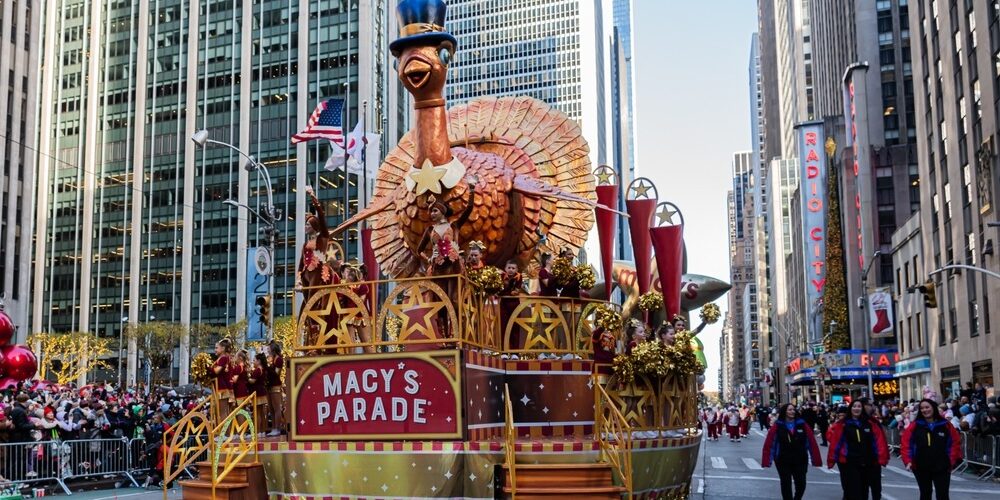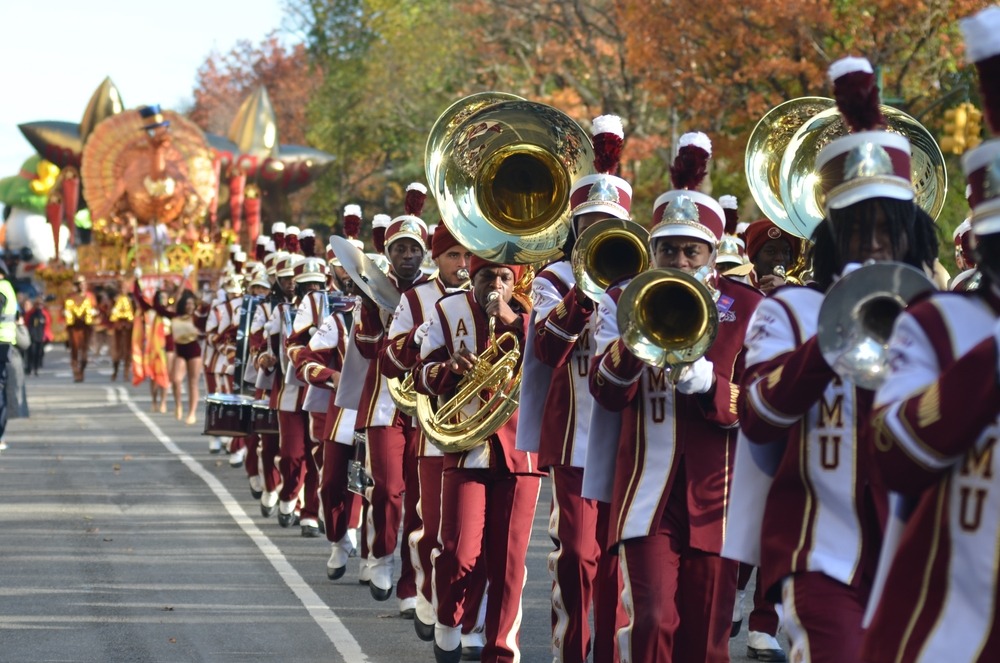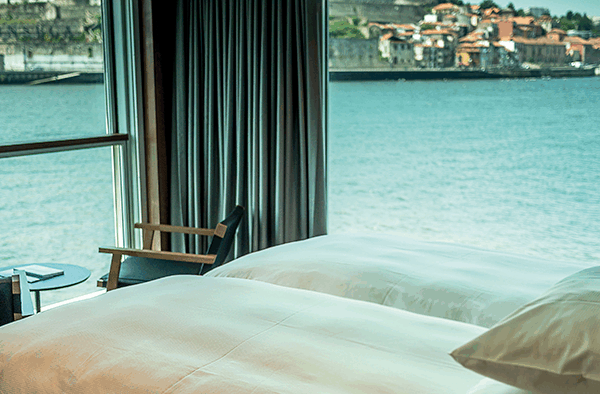The Macy’s Thanksgiving Day Parade: A Living Celebration of Tradition, Innovation, and Travel
The Origins and Early History of the Parade
The Macy’s Thanksgiving Day Parade began in 1924 as a festive gesture by Macy’s employees, many of whom were recent immigrants eager to share their old-world holiday traditions with their new American communities. Originally called the “Macy’s Christmas Parade,” the celebration featured live animals from the Central Park Zoo, costumed participants, and decorated floats that wound through Manhattan to herald the start of the holiday shopping season. Even in its debut year, the parade drew large crowds who embraced its colorful energy, and by the late 1920s, it had already become a beloved annual event. With the introduction of giant helium balloons in 1927—starting with Felix the Cat—the parade transformed into a visual spectacle unprecedented in American holiday celebrations.
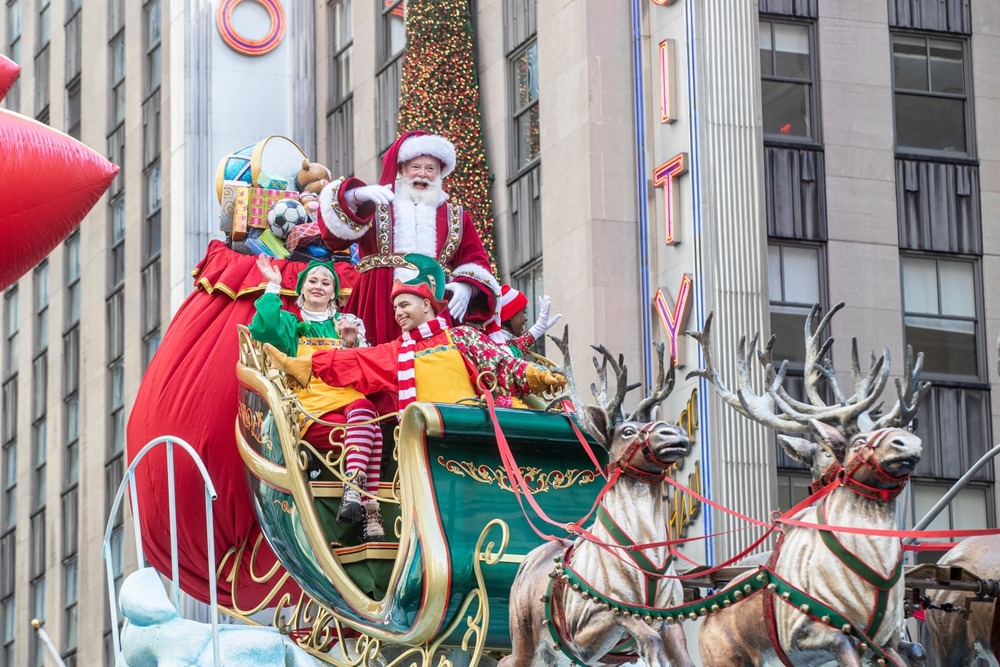
The Evolution of Balloons and Floats Through the Decades
The parade’s balloons and floats have undergone remarkable changes since their earliest days. In the 1930s and 1940s, the balloons became larger and more intricate, evolving from simple cartoon characters into highly engineered structures crafted by skilled teams of designers, artists, and engineers. The inclusion of iconic characters like Mickey Mouse, Popeye, and Snoopy reflected the growing influence of American pop culture. As technology advanced, so did the balloons: new materials made them lighter and more resilient, and computer-assisted design allowed for more accurate, expressive shapes. Meanwhile, the floats—once simple wooden structures—grew into elaborate mobile stages with moving parts, smoke effects, and dazzling LED lighting. Every year, Macy’s Studio introduces new floats and balloons that push artistic and technological boundaries, blending tradition with innovation.
The Cultural Impact of a National Tradition
Few holiday events have shaped American culture as profoundly as the Macy’s Thanksgiving Day Parade. Broadcast nationwide since 1948, it became a unifying tradition that families watch together before beginning their holiday feasts. Generations of children have grown up anticipating the moment when their favorite characters appear high above the streets of Manhattan, and in many households, the parade marks the unofficial start of the holiday season. Beyond nostalgia, the parade has influenced television entertainment, merchandising, and even character branding, as companies often see a dramatic rise in popularity for characters featured in the parade. Musicians, Broadway casts, and celebrities who appear on the floats experience a national spotlight that frequently boosts their exposure. The parade is not merely entertainment—it is a cultural touchstone that reflects the spirit, creativity, and diversity of the United States.
Traveling to See the Parade in Person
While millions enjoy the parade from their living rooms, traveling to New York City to witness it firsthand is an unforgettable experience. The energy of Manhattan on Thanksgiving morning is unlike any other moment in the city’s calendar year. Crowds line Central Park West and Sixth Avenue as early as dawn to claim the perfect viewing spot, often equipped with blankets, thermoses of coffee, and cameras ready to capture the giant balloons as they glide past the city skyline. Traveling for the parade also offers visitors the opportunity to experience New York’s holiday season at its finest—ice skating at Rockefeller Center, holiday markets across the city, window displays along Fifth Avenue, and the lighting of the Christmas tree at Rockefeller Center shortly after Thanksgiving. Many travelers plan their trips months in advance, taking advantage of parade-viewing hotel rooms, special holiday packages, and guided tours that offer behind-the-scenes insights into parade preparation.
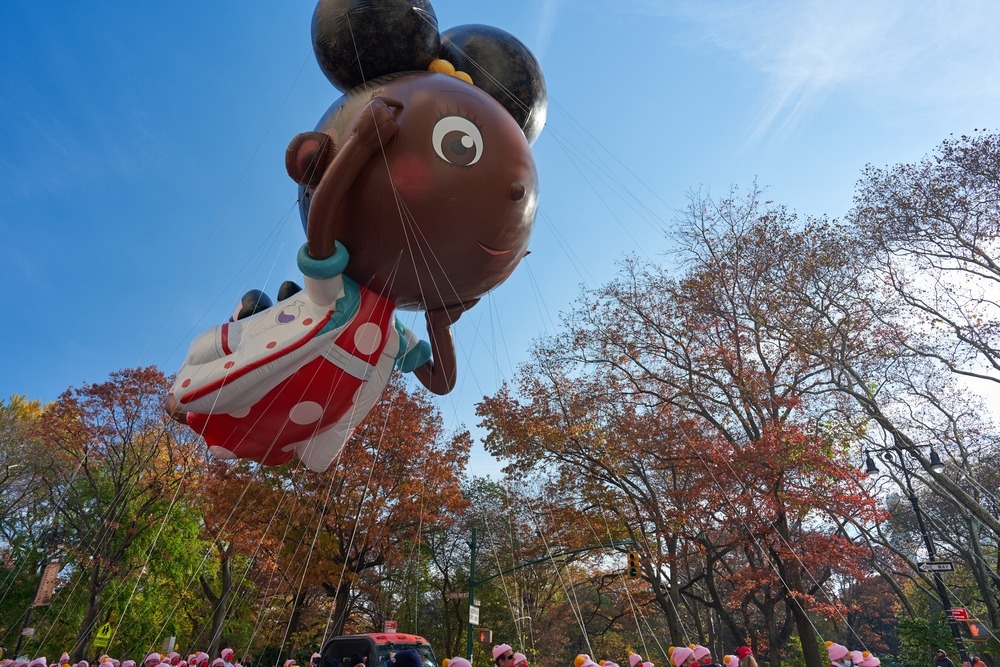
A Tradition That Continues to Inspire
The Macy’s Thanksgiving Day Parade stands as a rare example of a cultural tradition that evolves with each generation while maintaining its landmark identity. Its history reflects nearly a century of American life, its balloons and floats chart the evolution of storytelling and technology, and its cultural impact reaches far beyond the streets of Manhattan. For travelers, the parade is more than an event—it is a pilgrimage to experience holiday magic at its source. Whether watched from the curb of Central Park West or on a television thousands of miles away, the Macy’s Thanksgiving Day Parade continues to embody joy, imagination, and the spirit of celebration that begins the holiday season.


